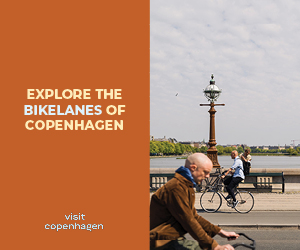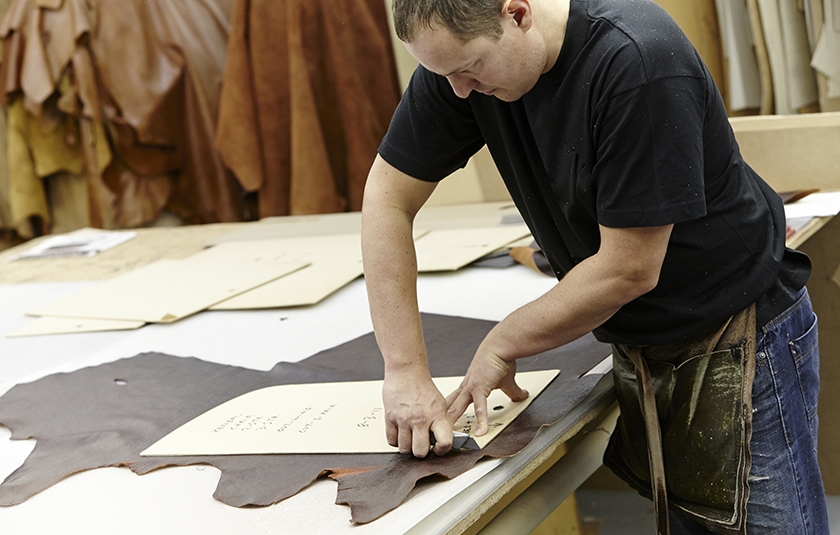It recently occurred to me that we may have stumbled upon the sci-fi future that my ‘baby boomer’ generation never expected to see. As I write, the computer is finishing my sentences for me. Small children are sitting alone, absorbing adverts that will help their parents to shop. Consumers are happily spending their money on gadgets that will help faceless robots to spy on them. Meanwhile, nobody seems alarmed that a few scientists have decided to wipe out mosquitos. People of my age can remember when clouds of insects would clog up the car windscreen on long journeys. The soil is getting thinner. Creatures are disappearing. Politicians tell us there is nothing to see
Over the last few decades, many non-designers in business became fascinated by the idea of ‘design thinking’. So, why would we need to think beyond the scope of ‘design’ as we know it? The simple answer is the scale of the challenges facing us. Homo sapiens urgently needs to undergo a process of metamorphosis, designers have not been trained to address such a complex challenge.
In 2015, the Welsh Assembly announced its unique ‘Wellbeing for Future Generations Act’, so I was very happy to launch MRC Wales – our first Metadesign Research Centre at Swansea College of Art, UWTSD. At MRC Wales, we envisage metadesign as a comprehensive superset of any, and all, practices or methods that will speed up the required lifestyle transformations. Putting all this together can be described as ‘re-designing design’. Unfortunately, over the last century, the design professions have been shaped by the very economic forces that are driving us all towards the precipice.
In a sense, design has been used to mollify bad practices and to shield us from the harsh realities of our existence.
 At the end of the 18th century, Goya entitled one of his etchings, ‘The sleep of reason produces monsters’. A century later, the Dadaists, Surrealists and Pataphysicians tried to wake us up with their incongruous juxtapositions of daily objects. It inspired some of us to create ‘alternative’ ways of thinking and living, but the world soon reverted to the ‘business as usual’ that is killing us today.
At the end of the 18th century, Goya entitled one of his etchings, ‘The sleep of reason produces monsters’. A century later, the Dadaists, Surrealists and Pataphysicians tried to wake us up with their incongruous juxtapositions of daily objects. It inspired some of us to create ‘alternative’ ways of thinking and living, but the world soon reverted to the ‘business as usual’ that is killing us today.
We are all conscious of the shortcomings of growth-based economics, but the elephant in the room remains unnoticed. When we allow our imaginations to slumber, we gaze at familiar things without seeing them. There is a famous story about ships that were too big to see. This refers to an incident on Captain Cook’s galleon ‘The Endeavour’. According to a crew member’s diary entry of 1770, although the 32-metre-long vessel sailed very close to the beach, the fishermen working there failed to notice it.
Recently, we realised that we have been blind to the slavery, child poverty and hunger that was all around us. In the UK, for example, the crisis of care for the elderly also extends to a lack of support for careers. It is customary to see these problems as political, or fiscal, in nature. We therefore expect governments to manage the process by fixing targets and allocating funds. When this fails, we blame the economy, rather than re-designing our local support structures. However, the more we direct our anger toward individual leaders, the longer it will take to root out the underlying causes.
One of these causes is the conflict between the rigour of monetary logic and the adaptiveness of living systems. Whereas human wellbeing thrives on local empathy and kindness, unit-based money was designed to manage foreign wars and imperialistic expansion.
Ultimately, care cannot be bought and sold.
Unfortunately, over the last five or six thousand years, we have been so grateful for money’s interoperability and flexibility that we failed to notice that it has been shaping the Anthropocene. The good news is that shareable and accessible knowledge has been growing exponentially.
However, although we now understand the sociopathic drive to power, we remain perpetually surprised that narcissistic leaders demand more and more attention from us.
We also know that, for a few people, dopamine secretions in the brain will addict them to trading and acquiring unlimited quantities of money. Today, half of the world’s money has fallen into the hands of a handful of men. Part of the task ahead is to factor these social and cognitive criteria into the way we design, manage and maintain organisations.
Many of the problems we face can only be addressed at a high level. Just as governments are unlikely to solve emission problems by re-designing the motor car, so we need an integrated and comprehensive approach to lifestyles. Ultimately, this means enabling (meta)designers to re-design the business models, planning policies and finance systems that underpin our current, waste-based economies. MRC Wales aims to start at the local level. However, by making our findings openly and freely accessible, we hope to act as a beacon for change.
Find out more at metadesigners.org or follow

















